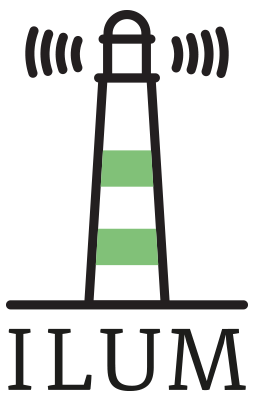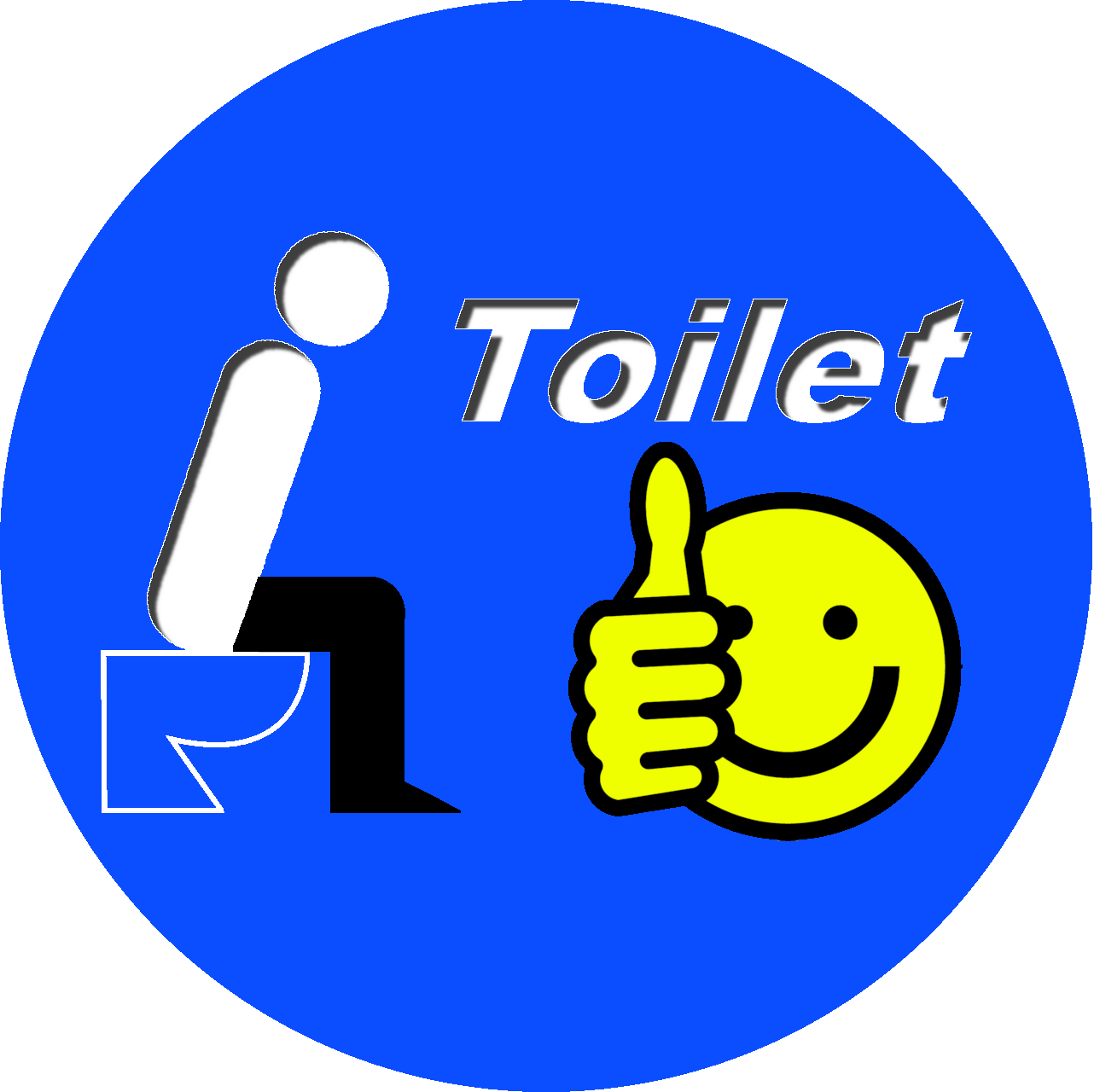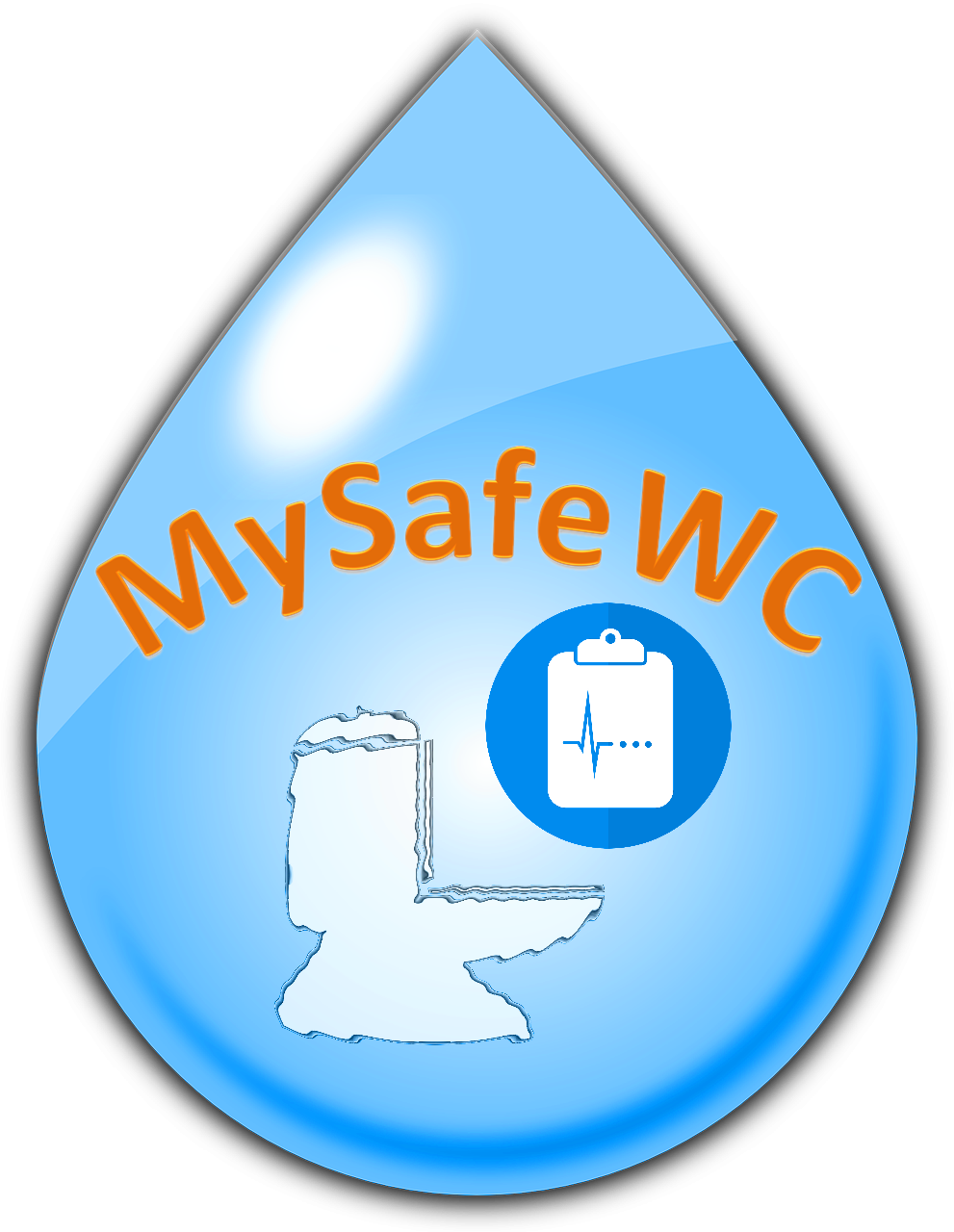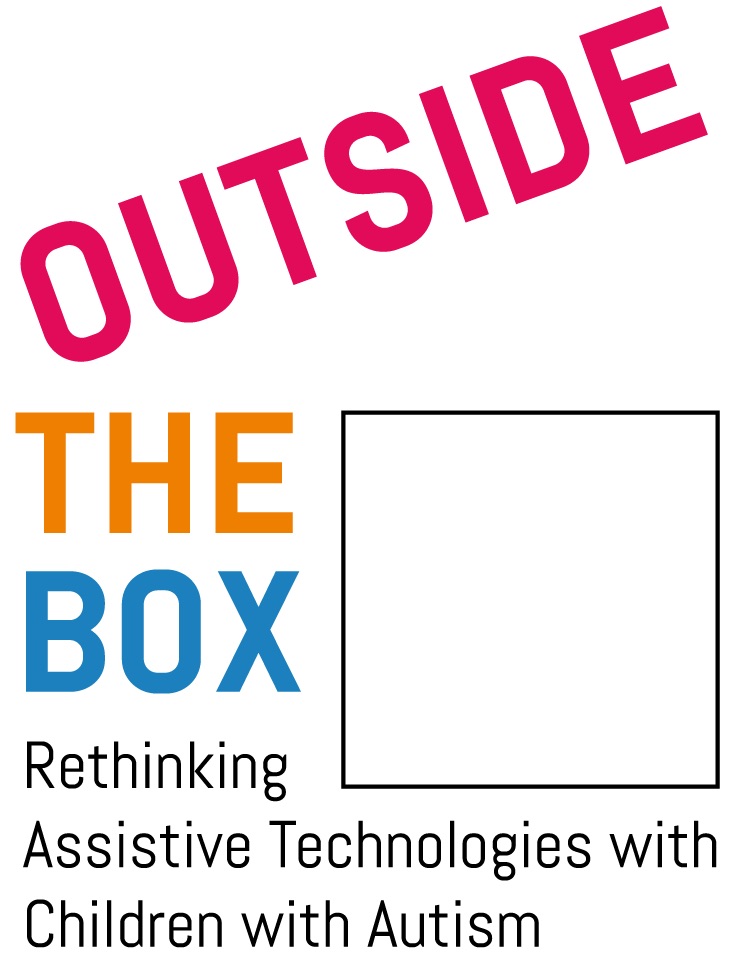Give&Take - Designing a reciprocal exchange service for a good and engaged senior life

Give&Take co-designs an innovative digital platform that enables senior citizens to reciprocally exchange services and resources, creating new opportunities for senior citizens to contribute to society as volunteers and caregivers in their local communities. The GiveTake project is funded under the EU’s AAL programme.
Project Homepage: givetake.eu
Through social and digital media innovation the Give&Take project:
- Strengthens the quality of life of senior citizens through occupation and social engagement as a key to mental, social and physical fitness.*
- Explores the societal potential of informal community support and civic engagement for tasks currently supported by the public sector.*
- Improves the ability of senior citizens to live as independently as possible.*
A shift from public care services to informal community support and civil engagement not only empowers seniors but also prevents dependencies and increased public consumption – several national and European projects have demonstrated how volunteering networks are defining new learning opportunities and ways to contribute to society. The senior citizens have untapped knowledge and experience, time and energy, as well as their own financial resources to contribute as citizens, volunteers, and particularly as workers and consumers.
ILUM - Augmenting urban mobility through digital information systems

ILUM combines urban mobility with ICT. Pillars for local orientation are augmented as an interactive guide-system for pedestrians in Vienna. Our goal is the elaboration of interaction application scenarios and actual digital prototypes.
Project Homepage: http://www.ilum.wien
Team: Geraldine Fitzpatrick, Oliver Hödl, Katta Spiel, Katharina Werner
Partners: is-design, High Performance Vienna, Subzero Software, iDrDesign
iToilet - ICT-enhanced Toilet Supporting Active Life

The iToilet project addresses older persons who are living independently at home and the needs they have when using a toilet.
Project Homepage: http://itoilet-project.eu
Team: Paul Panek, Peter Mayer, Georg Ehrenfels
The iToilet project targeted the needs of older persons who are living independently at home when using a toilet. The project aimed at developing an ICT enhanced toilet system, which is able to empower older persons to live more independently and with increased dignity. iToilet also aimed at reducing the workload of the care persons when providing personal assistance on the toilet.
LARAH - Location-aware Assistant Robots At Home
LARAH (Location-aware Assistant Robots At Home) aimed at providing older persons with an assistive robot, to provide support and safety in their own homes. This project developed a visual indoor localization solution for mobile assistive robots. The advanced localization technology proposed in LARAH will improve the assessment of the own position of the robot, and support tasks such as, finding and bringing objects, opening doors, and in finding persons in case of an emergency (e.g. fall).
Lav4All - Lavatory for All
The utilization of a plane toilet represents difficulties for many mobility reduced persons. Often they aren’t able at all to use the on board toilet, especially within short distance or medium-haul flights. Depending on mobility restrictions various requirements for accessible on-board toilets exist which cannot be implemented because of technical limitations of the plane or because of economical conditions of the airlines.
Team: Paul Panek, Peter Mayer
Homepage: https://www.aat.tuwien.ac.at/lav4all/
Project Partners: netwiss OG, FH JOANNEUM Graz, TU - Institut für Verkehrswissenschaften, Rodlauer Consulting GmbH, FACC AG, Verein Raltec
MAXimizeMe

XXLMontage für alle (Diversitätfördernde Individualisierung von Arbeitssystemen in der industriellen Baustellenmontage):
MAXimizeMe is a 2-years project, started in 2021 funded by Digifonds. Within MAXimizeMe we aim to achieve a better understanding of how aspects, such as age, gender, education or socioeconomic background impact the interaction with (autonomous) work systems in manufacturing or assembly.
The result of MAXimizeMe will be a collection of diversity-sensitive design guidelines that take into account relevant aspects for workforce allocation, work execution and resource provision in industrial site assembly in such a way that all employees can perform their work activities as long as possible, in a targeted manner and with optimized quality and efficiency.
MySafeWC - Dehydration trends on the toilet

The basis of assistive products such as “iToilet” with integrated nursing documentation could be expanded sensibly and innovatively by further methods of data analysis in the daily use of toilets.
Project Homepage: https://www.aat.tuwien.ac.at/mysafewc
Team: Peter Mayer, Paul Panek
By intelligently assessing body water levels across the toilet seat, but also through usage statistics and other parameters, the safety of autonomously living elderly users alone could be improved by early detection of the trend towards dehydration and deviant behavior, or by remembering the toilet visit. Together with users and supervisors, the project aimed to identify practical requirements and assess the risk and market prospects of a product or a necessary implementing R & D project through laboratory simulation of appropriate technologies.
OutsideTheBox

With OutsideTheBox we will think laterally and outside of typical boxes and categorisations. We will design new technologies with autistic children which are not exclusively driven by functional limitations, but engage children in all their diversity and with all their differences.
Project Homepage: http://outsidethebox.at
Team: Christopher Frauenberger, Julia Makhaeva, Katta Spiel
Technology has changed our lives. We find the cinema on Google Maps, use public transport with tickets on our mobile and let our watch tell us how many calories we have burnt and what is left in the fridge. And although people with autism are often drawn to technology, we know little about their ideas for future roles of technologies.
PAIR – Pairwise Visual Comparison of Directed Acyclic Graphs: A HCI Perspective
The goal of this project is to improve visualizations for pairwise network comparisons via new cognition-driven design guidelines. This project will specifically concentrate on the visual comparison of directed acyclic graphs in node-link diagrams. Such comparison is needed, for example, in the analysis of phylogenetic trees in biology or in the assessment of contagion in financial networks. In these cases, the domain experts concentrate on finding commonalities and differences between the two networks being compared. This analysis is often undertaken in a visualized form. Visual exploration enables to identify where the differences are located and thereby to extract insights from these differences. Effective visual network comparison requires a well-designed visualization. Effective visualization uses guidelines, which are inter alia derived from research in cognitive psychology and human-computer interaction (HCI). Until now, HCI research has mainly focused on deriving guidelines for the visualization of single networks. There are still many open research questions concerning the comparison of two or more networks in node-link diagrams
RisIoT
RISIoT (Risks of the Internet of Things) is a market analysis and risk assessment to accelerate the adoption of the Internet of Things in Austrian enterprises.
Team: Peter Mayer, Geraldine Fitzpatrick Project Partners: IDC Central Europe GmbH, Austrian Institute of Technology - Digital Safety & Security Department, Oesterreichische Computer Gesellschaft
2016 is the year of the Internet of Things (IoT) and analysts predict that IoT offers a chance to redefine many sectors and accelerate growth. Reports suggest there will be 25 billion internet-connected things by 2020 and with more and more companies investing and making an impact in smart technology, IoT applications in the enterprise can be manifold. Fast-moving companies are establishing entirely new product and service hybrids that disrupt their own markets and generate fresh revenue streams. Smart production processes in the factory of the future, more efficient traffic regulations in smart cities, smart home applications, and intelligent power regulations, etc. are only some prominent application fields for IoT. Still we are facing major challenges that hamper broad IoT adoption in enterprises. Understanding of IoT is still far from widespread. More than 60% of Western European organizations are not familiar or do not plan to invest in IoT. Also in Austria we observe a lack of belief in this emerging technology. The hesitation in IoT adoption can be explained to a certain extend by security and data privacy concerns. IoT is becoming an increasingly attractive target for cybercriminals, and data security, the protection of privacy and digital identity are serious issues to tackle. Anyway, the adoption of IoT on long-term is undoubtable, and we have to find ways to support enterprises on their journey towards IoT adoption and digital transformation to increase efficiency, productivity and competitiveness. This is where RISIoT gets involved. The exploratory project aims to support organizations in regard to IoT adoption by providing them with insights into the IoT market, its opportunities and risks. In detail RISIoT delivers a comprehensive analysis of the Austrian IoT market in comparison with the European and global situation. It covers market potentials, use cases, and successful lighthouse projects. To tackle major security concerns in IoT adoption the study specifically explores IoT risk assessment. It identifies and describes high-level IoT risks and recommends further actions to deal with industry and use case specific risks, e.g. in the field of smart homes, and active and assisted living (AAL). Outcomes will be an Internet of Things Market Report and high-level Risk Matrix for enterprises and an Internet of Things R&D Guide highlighting focus areas for future research and development. RISIoT suggests courses for action for economy and research to push investments in the Austrian IoT ecosystem, to support a positive future of IoT on the Austrian market, and to ensure knowledge transfer between the scientific world and the goto- market environment. RISIoT will provide an impulse and initial trust for planned IoT use case specific risk modelling and assessment as well as other similar future initiatives.